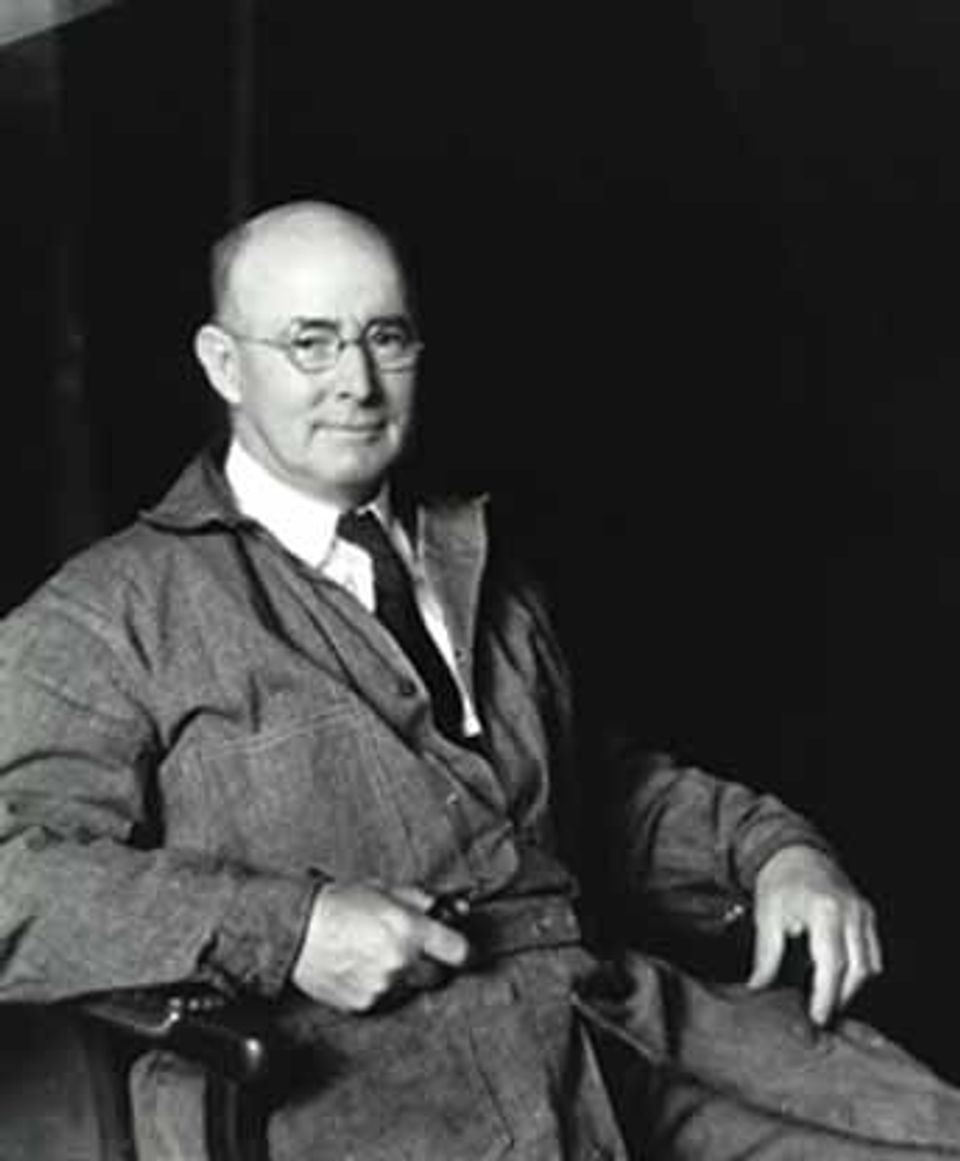William M. Paxton

- Also known as
- William McGregor Paxton
- William Paxton
- W. M. Paxton
- Born
- Baltimore, Maryland, United States
- Died
- Newton, Massachusetts, United States
- Active in
- Boston, Massachusetts, United States
- Biography
Painter. Paxton painted the leisured class. Considered old-fashioned by some modernists, he was a prominent genre and portrait painter in the Beaux Arts style.
Joan Stahl American Artists in Photographic Portraits from the Peter A. Juley & Son Collection (Washington, D.C. and Mineola, New York: National Museum of American Art and Dover Publications, Inc., 1995)
- Artist Biography
The women in Paxton's finely detailed interiors, from dowagers and schoolgirls to servants, helped define idealized female roles for upper-class New Englanders at the turn of the century. Calm, introspective, and bathed in quiet light, Paxton's figures provide a striking contrast to the working-class female subjects of New York's Ashcan School. Whereas the well-to-do Boston women read, drink tea, and regard fine things in their quiet homes (while their servants quietly keep house), New York women are seen promenading down bustling streets, flirting openly, and readily catching the eye of passing strangers. Both, however, demand the attention of the viewer: Paxton's women project a compelling but reserved, sensual languor; Ashcan women are depicted as open and engaging.
As an image maker, Paxton was keenly aware of the social conventions of upper-class Boston, even though he was raised in less privileged circumstances. The son of a suburban caterer, he attended the Cowles Art School on scholarship before making the pilgrimage to Paris to study at the École des Beaux-Arts (with Gérôme) and the Académie Julian. Like so many of his Boston School colleagues, Paxton was able to use his artistic ability and finely tuned social antennae to achieve a prominence in New England cultural circles that belies his middle-class origins.
William H. Truettner and Roger B. Stein, editors, with contributions by Dona Brown, Thomas Andrew Denenberg, Judith K. Maxwell, Stephen Nissenbaum, Bruce Robertson, Roger B. Stein, and William H. Truettner Picturing Old New England: Image and Memory (Washington, D.C.; New Haven, Conn; and London: National Museum of American Art with Yale University Press, 1999)
Luce Artist BiographyWilliam M. Paxton won a scholarship to attend the Cowles Art School in Boston at the age of eighteen. He went to Paris shortly thereafter to study at the �École des Beaux-Arts and the Académie Julian. Inspired by the compositional arrangements of the seventeenth-century Dutch master Vermeer, and the realism and surface detail in the works of the French neoclassical painter Ingres, Paxton used carefully rendered color to make his portraits as true to life as possible. His middle-class upbringing made him keenly aware of social conventions, and upon returning to New England, he created paintings focused on the domestic opulence of the upper-class. Paxton is best known for his depictions of serene women of the leisure class and their domestic servants, enveloped in finely decorated interiors.













